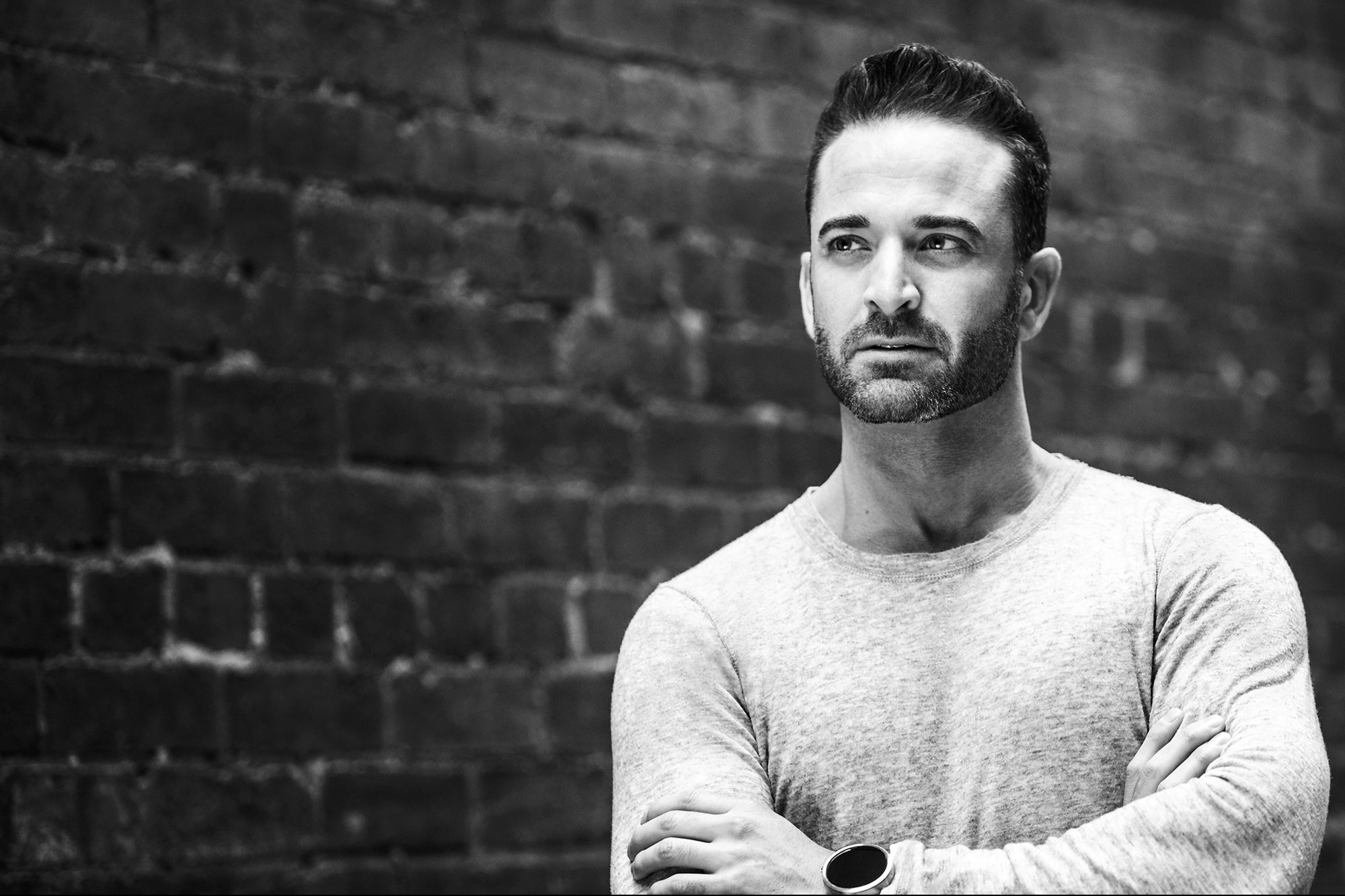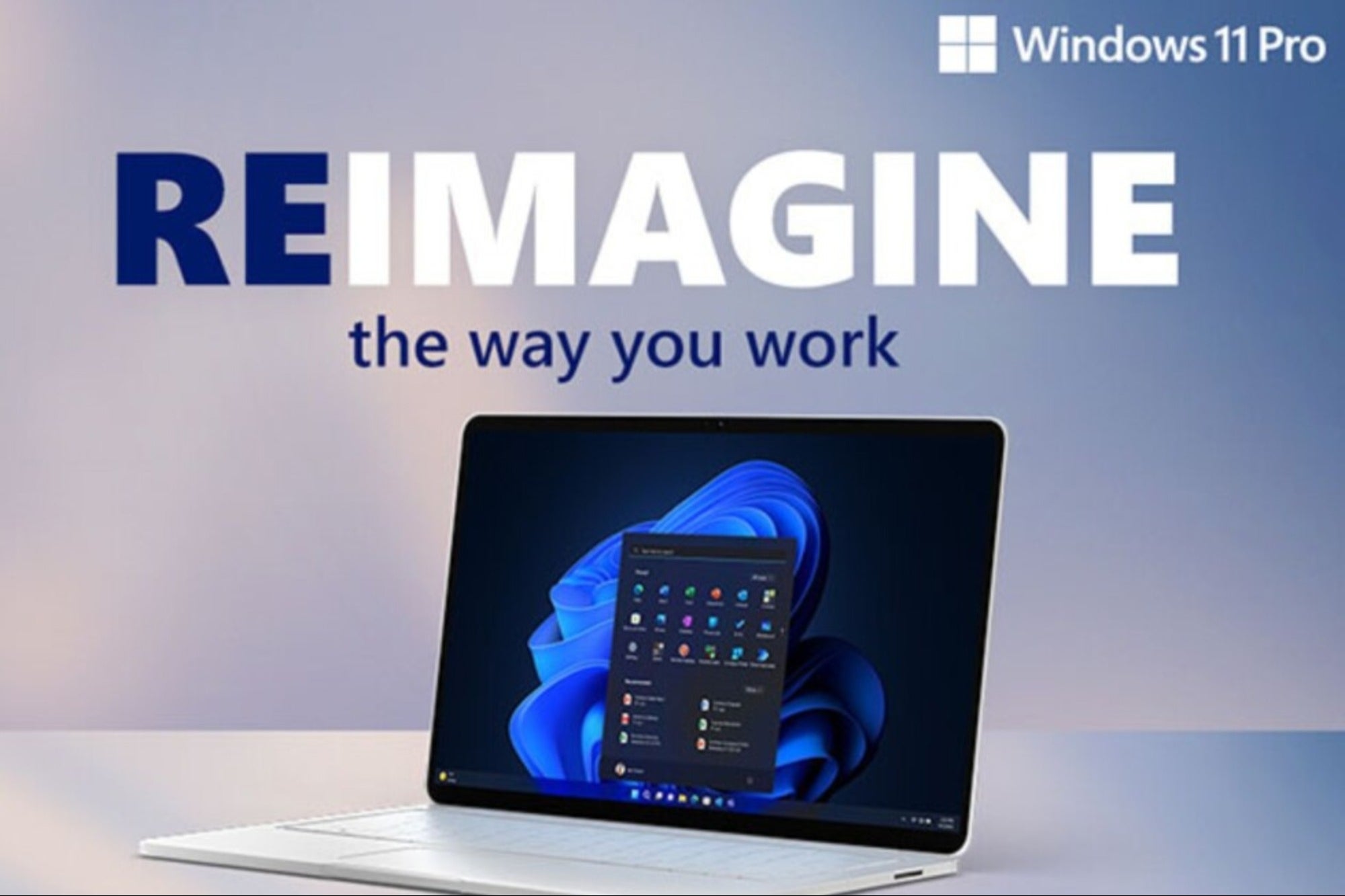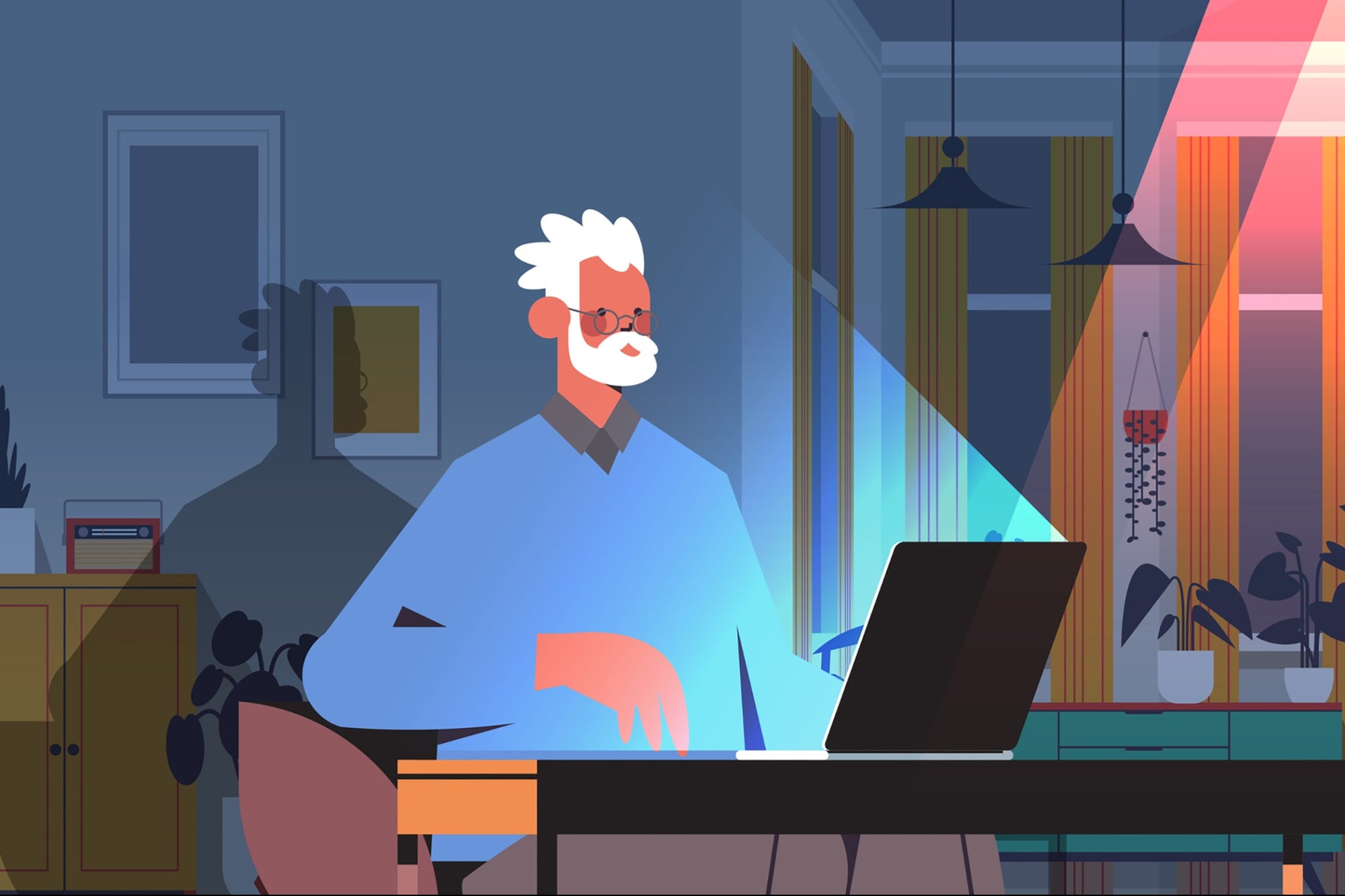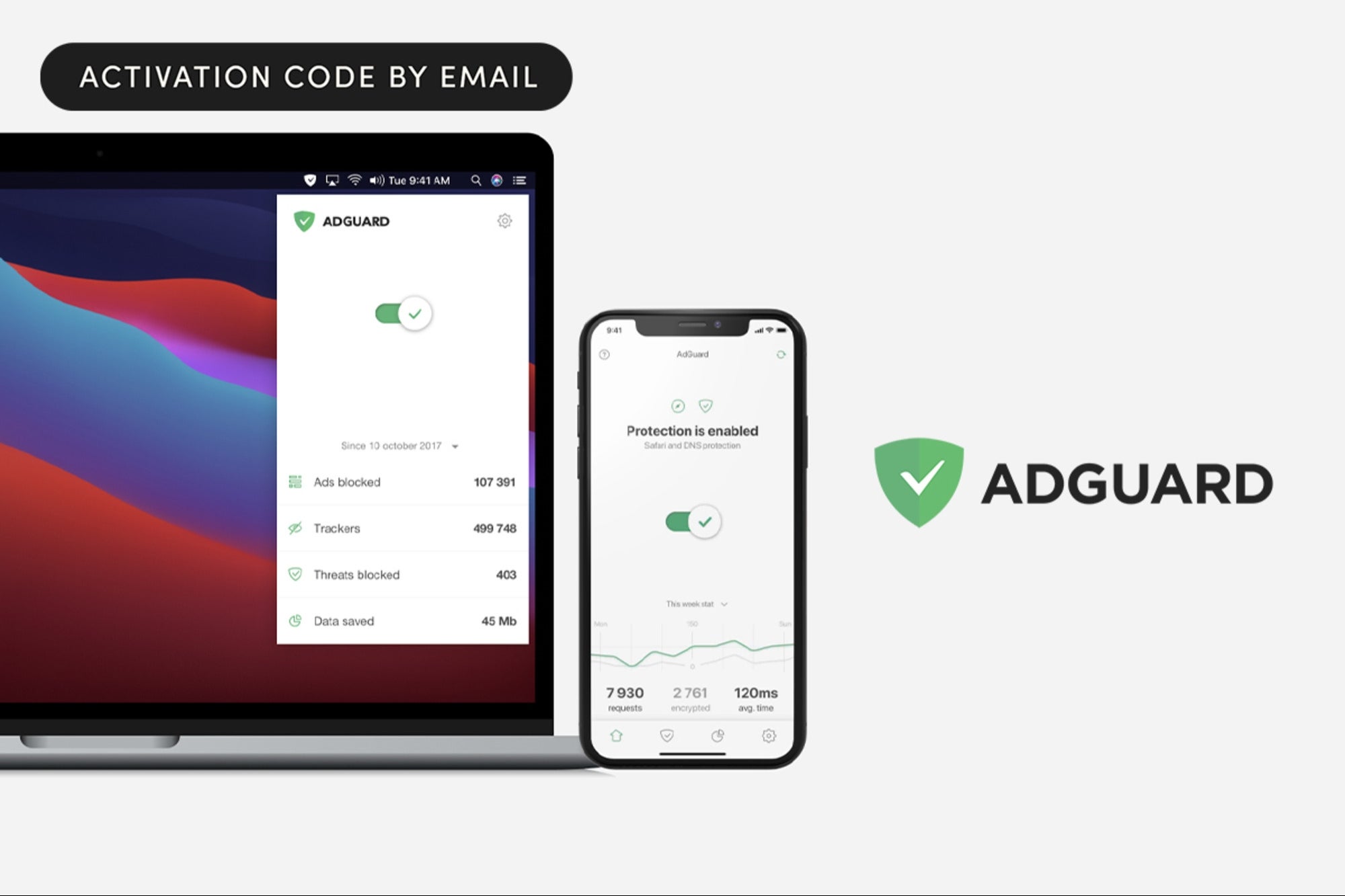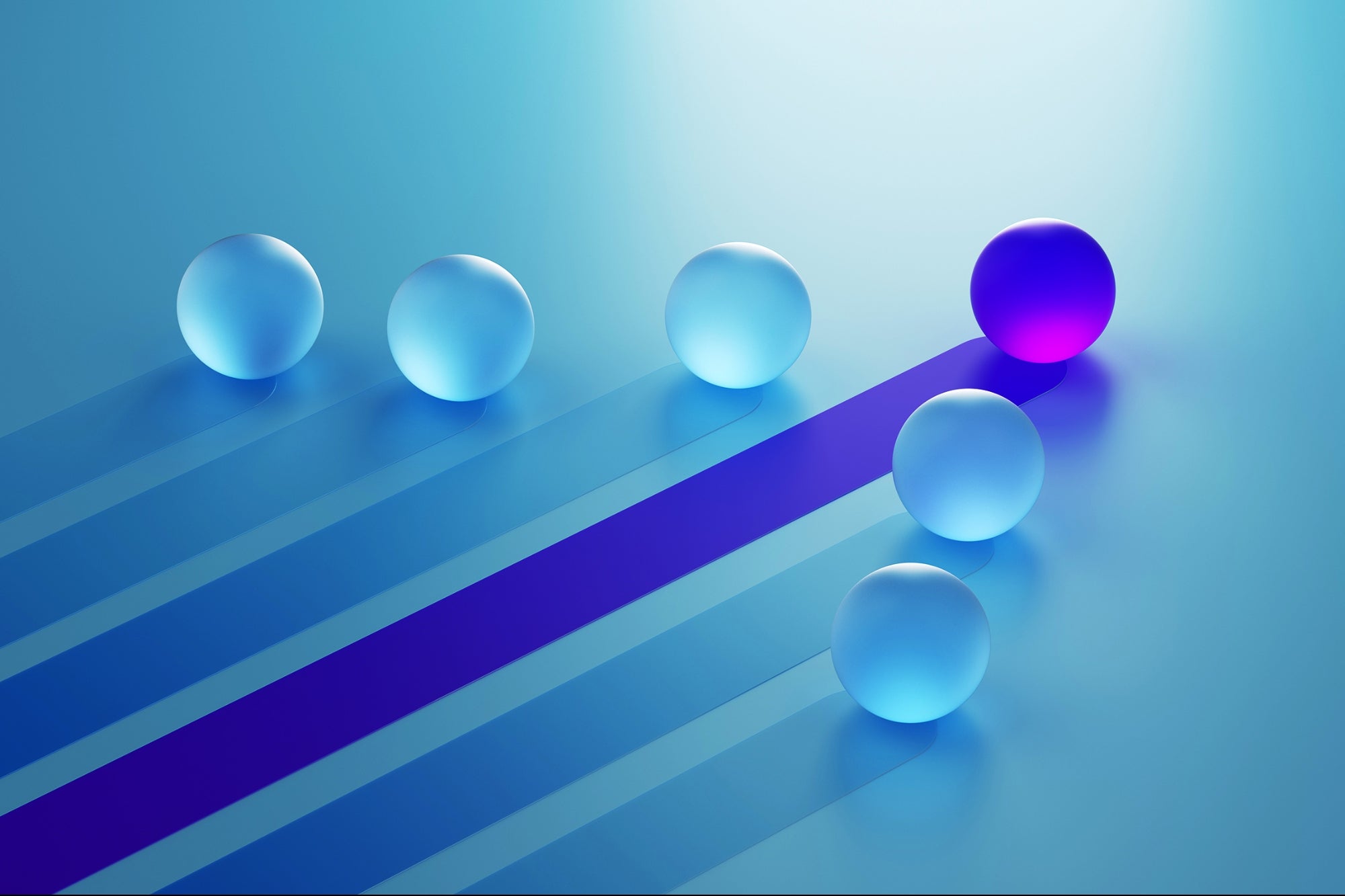Doodle Your Way to a Breakthrough? The Founder of This AI Company Illustrates Her Process. Sometimes putting pen to paper is key to cracking the code.
By Liz Brody
This story appears in the March 2023 issue of BIZ Experiences. Subscribe »

Can I make smarter decisions? Lead more effectively? Be more innovative? BIZ Experiencess struggle to find clarity on big questions like these — because, as you know, they're busy charging through unmapped territory and figuring things out on the run.
You'd think Nikhita Singh would have a high-tech solution to this. The company she cofounded in 2018, Artificial, uses sophisticated AI and robotics to help laboratories digitize and automate their research. But when she wants to think big, she goes decidedly low-tech:
She starts drawing.
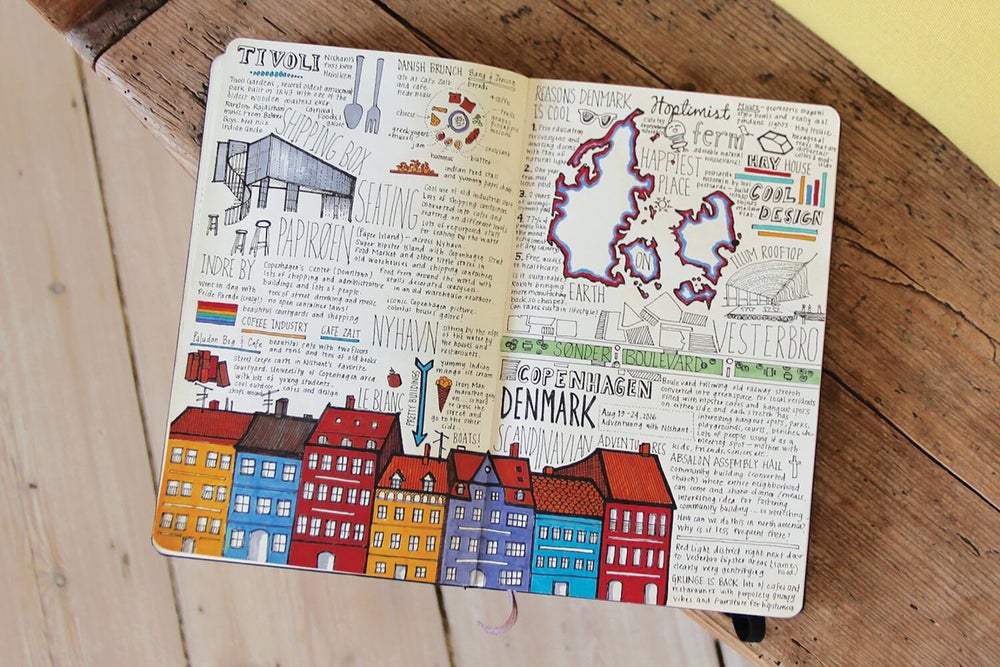
As often as once a month, she holes up for an hour or two with a pen and notebook and doodles what's on her mind, often adding words to the visuals. "If you type notes, everything gets equal weight, and it's laborious to go back and read," says Singh, who previously researched robot-human interaction in MIT's Media Lab and worked at Palantir. "When you put things in bullets, they're all just a series. But when you draw, the things that are more important will take up more space or grab your attention. It's a way to see, 'Oh, clearly this stuck out to me — three-quarters of my page was devoted to it.' Or there are all these doodles around it. Maybe I colored it."
Related: The Secret to Coming up With New Ideas
Every six months, she goes back and reviews her notebooks, mining for insights. She finds product ideas, trends worth exploring, and even lessons in her own leadership. "I look for tendencies I may be putting into Artificial that create friction — or awesome behavior," she says. "And then, where do I want to direct those tendencies?"
One time, for example, she sketched all the emotions she was feeling — and when she looked back at the page a few months later, she noticed how prominent guilt was. "It took up a lot of space," she says. That's what led Singh to realize that it was also getting in the way of her team's innovation. "My feelings of guilt were coming from trying to manage all the emotions in a room so there was never tension," she says. But then she thought, some of the best ideas emerged during tension. So she started encouraging everyone to leave their egos at the door, and at meetings would give her own thoughts for a solution, then ask people to express theirs. Disagreement followed. So did innovation. "That was huge for me."
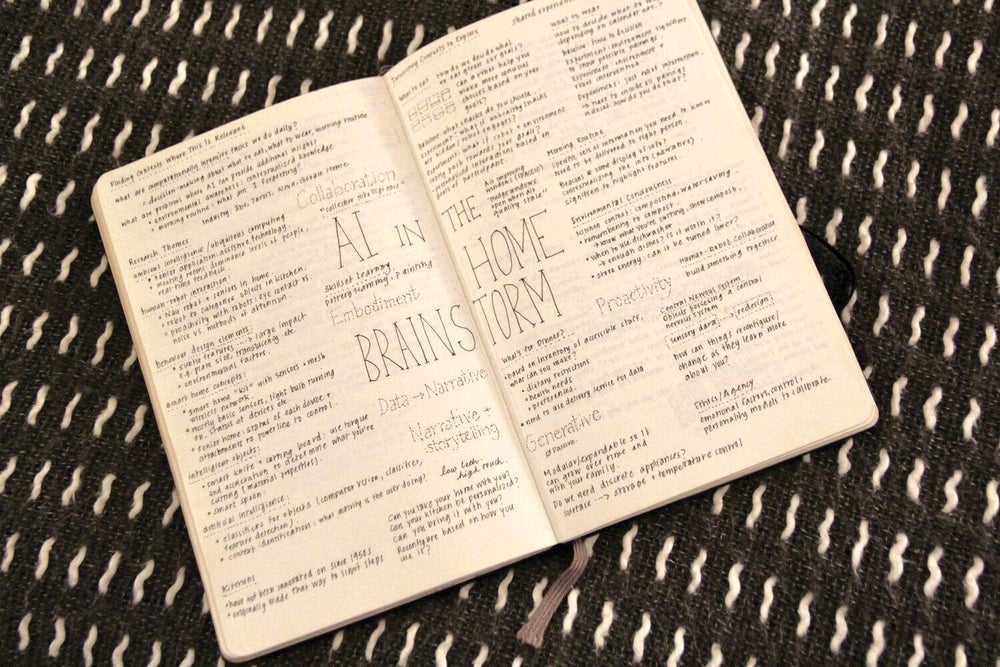
Want to try it yourself?
Singh suggests spending at least an hour alone to let your thoughts settle, then finding a comfortable place where you won't be disturbed for the next hour or two. She likes to add stimulation to her environment, whether it's instrumental music or a nature video in the background. She also has candles and coffee and projects YouTube videos on her wall of people walking through cities. "It gives me this little hit of energy to lean into without getting at all obsessed with it," she says.
Related: 8 Life Lessons I Wish I'd Known Sooner
You'll need a piece of paper and something to draw with. For Singh, it's a two–page spread in a Moleskine notebook and a black fineliner pen. Then start drawing. Singh begins in the center, perhaps by sketching an emotion or issue she's working on.
You can draw what comes to you or use one of these three frameworks:
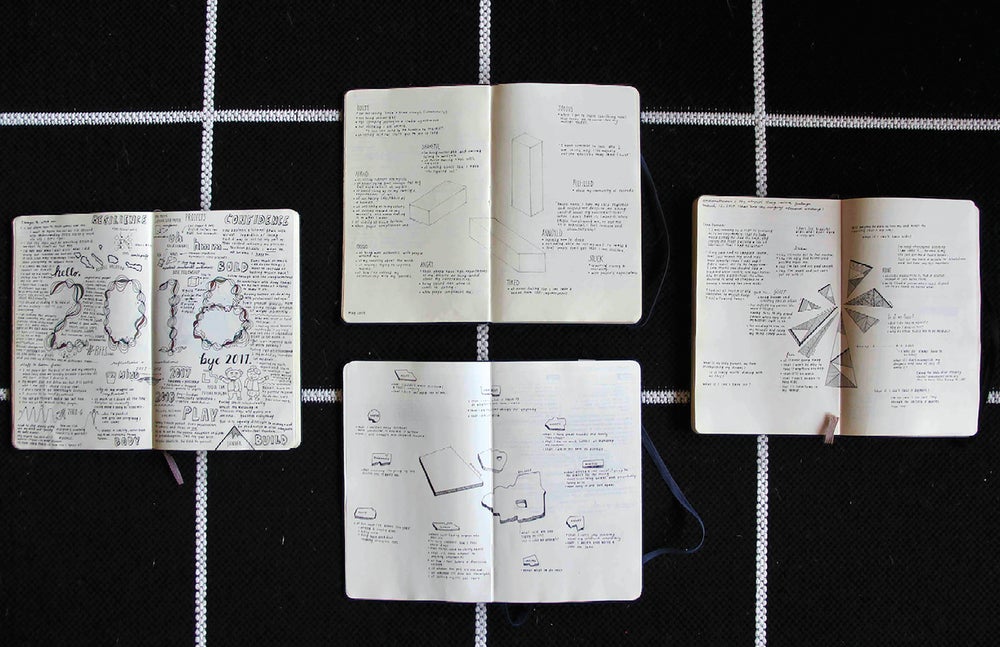
1. Emotion Map
Draw out (and understand) all your recent feelings. When Singh does it, she often labels them and adds bullets of everything that makes her feel each emotion. "This allows you to decouple the elements and save the good, and work on the parts that are challenging," she says.
2. Idea Generation
Doodle (and expand upon) your ideas. Singh tries to imagine a problem she wants to solve for the user. "Then I start drawing from there," she says. Other times, she begins with simple frameworks or doodles to help catalyze a thought — like a set of axes, or a timeline.
3. Info synthesis
Connect (and make sense of) lots of information. Singh does this by starting with some visual construct — like a pie chart or graph — and then draws freely around it, helping her mind corral data and transform it into inspiration.
Over time, Singh says, your doodles will become a wealth of insights. That's happened often at Artificial. "Looking back at it now," she says, "it's cool to see that we actually did build what was on the pages."


